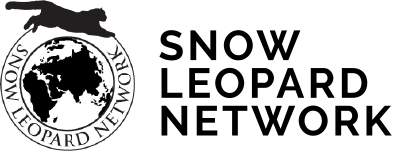About the Journal
Snow Leopard Reports encourages exchange amongst snow leopard practitioners and researchers. The journal aims to collate and make available the latest information on snow leopard biology and conservation through contributions that capture the ecological and conservation status of the species and its wider habitat. Snow Leopard Reports publishes notes related to the ecology and conservation of snow leopards and co-occurring species.


